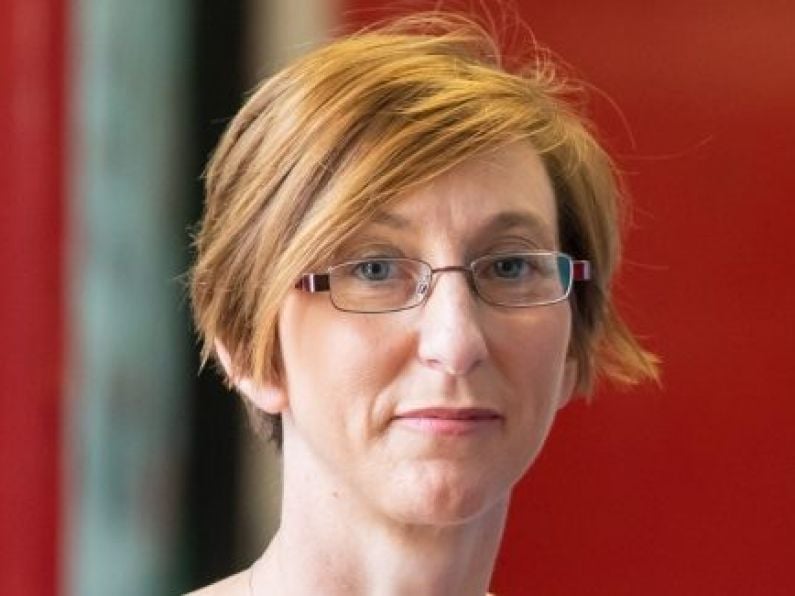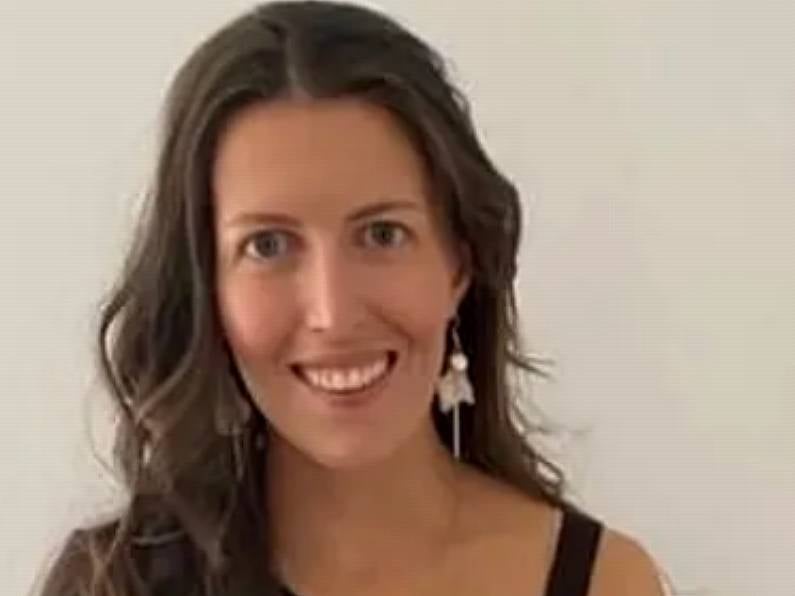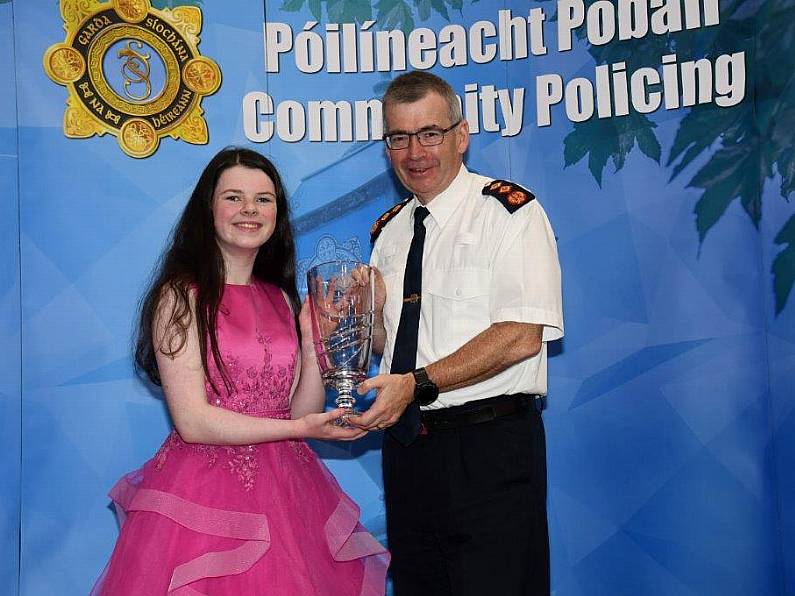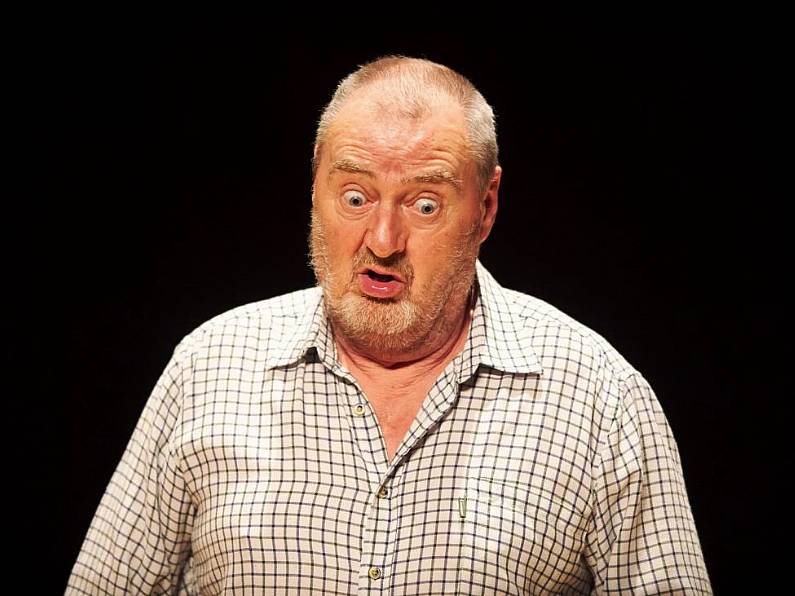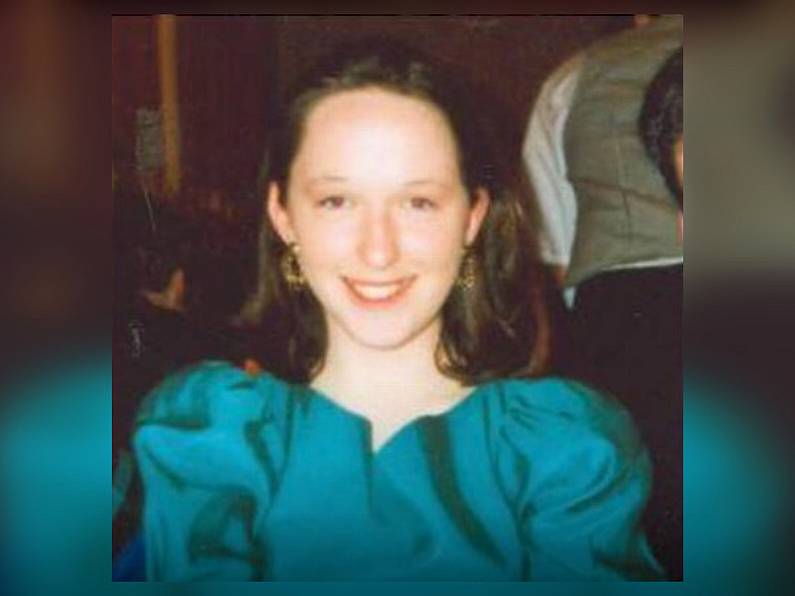Children's charity Barnardos has said tens of thousands of children are continuing to wait for vital treatment for mental health, disability, and issues with speech and language.
Barnardos said they have obtained figures that show a worrying gap in the response times for problems occurring during children's early development.
June Tinsley, Head of Advocacy, Barnardos said: “There are 37,473 children waiting for mental health, disability and speech and language assessments and services across the country; some of these children haven’t even received an initial assessment or diagnosis."
The charity provides services to families around the country whose children are on waiting lists to support families and help limit the damage being done to their child’s development and wellbeing.
- The key findings show:
- Mental health services: CHO4 area (Cork and Kerry) remain the worst with 29% of children in those areas waiting more than a year for a CAMHS service.
- Speech and Language services: 50% increase between March and August 2018 in the number of children waiting more than a year for either an initial assessment or therapy appointment for speech and language.
- Disability: 78% of children (n =3,153) have been waiting longer than the three-month statutory time limit to undergo an Assessment of Need with CHO4 (Cork and Kerry) area faring the worst.
Ms Tinsley said: “These children face extreme difficulties in their everyday lives because they can’t get timely access to healthcare. Problems in school - in some cases not being able to attend school at all, difficulty making and maintaining friendships, poor mental health and developmental delays are all common for children on waiting lists.
"It doesn’t have to be like this; there are solutions out there in the community which are working but they need funding and support from the Government.”
One parent said: “My seven-year-old son has no coping skills and is crying out with sensory issues, but here we are again on a waiting list. He began his journey of waiting lists in 2015 and is still waiting for services that he should have received years ago.
There is only so much I can help my child with, I am not a specialist. Without the proper tools I cannot help my son reach his potential that he is very capable of reaching with some guidance and support from the services.”
Another parent said: "My boy aged just four is waiting on Speech and Language Therapy since September 2017. Waiting to see the Early Intervention Team since January 2018. I would just love to get a diagnosis and help for him.
"I hope every day we will see the relevant professionals but it never happens."
"Just some advice would be nice to help us to help him. We would go private but we can't afford the fees and we feel guilty because we can't.
"It's so frustrating on us all. We are trying our best but you feel like such a failure.”
Ms Tinsley said: “We are calling on the Government and Minister for Health to act now to stop more childhoods being wasted.
"We have developed a list of solution-focused actions which, if implemented, would alleviate the crisis affecting children’s healthcare. The time to act is now – these children can’t wait any longer.”
- Barnardos actions to tackle the child waiting list crisis:
- Help tackle regional disparities by expanding:the remit of the National Treatment Purchase Fund to include reducing waiting lists for children’s mental health, speech and language and disability assessment and treatment services by providing access to local, private assessment or treatment for those children waiting longest.
by modifying the resource allocation model in line with the reality that the prevalence of conditions such as speech and language difficulties, dyslexia and communication or coordination disorders is much higher among low-income groups. This approach along with age profiling of the population areas would ensure services are distributed more appropriately and patients treated based on need and not their ability to pay.
- Increase investment in and availability of innovative, age-appropriate holistic clinical and non-clinical solutions in the community. Develop clear pathways from primary care where children on waiting lists can be referred to and access these community-based services.
- Guarantee one Primary Care Team with a full complement of multidisciplinary professionals for every 1,500 children. These teams must comprise of GPs, nurses, home helps, physiotherapists, speech and language, psychologists and occupational therapists, and act as a one-stop shop for community care needs.
- Develop 24/7 crisis intervention mental health services across the country. Young people have described accessing supports through hospital A&E departments as inappropriate and distressing to an individual experiencing a mental health crisis.
- Ensure referral pathways and criteria are clearly defined for GPs and other health and social care personnel. Create a resource for parents which outlines what services are available and how to access them.
- Digital Desk
